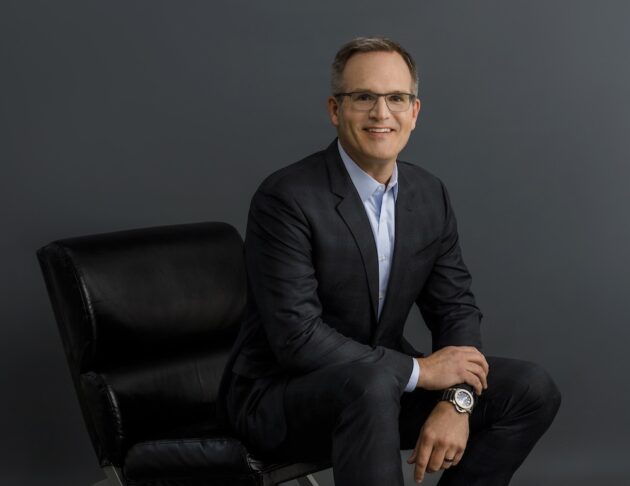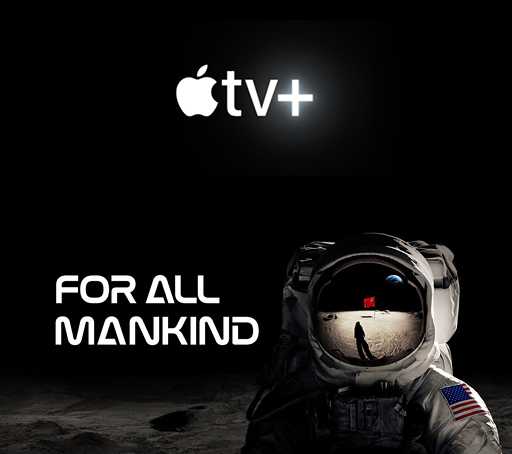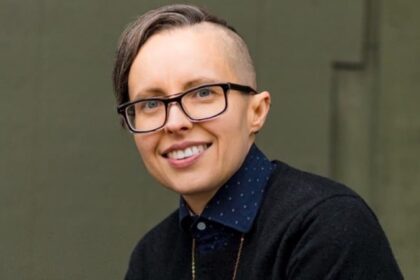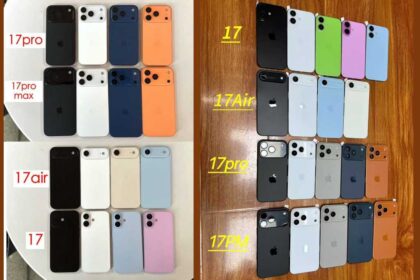Five months after completing its $8.4 billion take-private deal, Smartsheet is moving fast on AI — and CEO Mark Mader says the timing couldn’t be better.
“One of the things that we’re able to benefit from now is high velocity decision-making with a long-term investment vision,” Mader said in an interview with GeekWire.
After seven years on the New York Stock Exchange, Smartsheet turned private again in January in a deal backed by Blackstone and Vista Equity Partners.
Without the quarterly pressure of public markets, the company is channeling its newfound freedom into what Mader calls “AI-ifying” the business — applying AI and automation to existing features.
Mader sees AI’s biggest short-term impact in enhancing what users already do — from building dashboards to querying data — rather than reinventing the wheel. Smartsheet is focusing less on AI experts and more on the “median business professional” who isn’t sure how to take advantage of generative AI in their work, Mader said.
More than a third of elements created with Smartsheet’s “Dashboards” tool are now generated by AI, and customer inquiries around complex formula creation — once the company’s top support request — dropped nearly 50% after it introduced a natural language assistant for formulas.
Smartsheet’s long-term AI roadmap includes building more agentic capabilities — allowing AI to not just assist, but take action across workflows. But Mader emphasized the need to walk before running. “If you give someone confidence in those building blocks, I think you’re in such a power position to then graduate them,” he said.
Mader, who has led the Bellevue, Wash.-based project management software giant since 2006, is bullish on Smartsheet’s position in the crowded AI landscape, pointing to its base of more than 100,000 global customers and the vast amount of structured business data inside its platform. The company has 16.7 million active users and generates more than $1 billion in annual revenue.
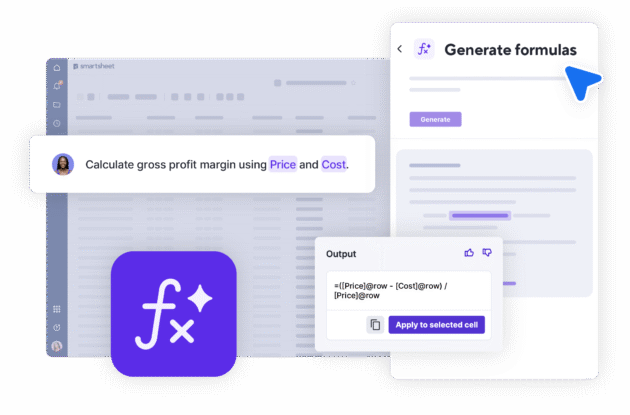
Internally, Smartsheet has adopted a two-pronged approach to AI: top-line and bottom-line. Top-line AI refers to customer-facing capabilities; bottom-line AI focuses on internal productivity, like coding, QA, and customer support.
The company, which employs more than 3,000 people worldwide, says more than 90% of its workforce is using AI tools.
For some employees, AI isn’t optional. “If you’re on certain teams, you are actually measured on your usage of these things,” Mader said.
Mader said there has been some pushback on the AI philosophy.
“That’s fine,” he said of the response. “But that’s how Smartsheet will run in the future. That’s how modern enterprises are running. And I would say there’s not a lot of tolerance for opting out on that.”
Looking ahead, he expects the volume of work and insight derived from platforms like Smartsheet to grow significantly — putting even more pressure on individuals to manage that “flow.”
“With increased flow rate, the human is actually more consequential than less consequential,” Mader said.
Mader said it’s challenging to keep up with all the innovation happening. But he’s excited about what’s ahead and echoed his message to graduates at the University of Washington’s Information School: embrace the stress.
“You have this constant stream of opportunity facing you — sometimes you almost don’t have time to think,” he said. “But the benefit that comes out on a net basis is dramatically positive.”
Read the full article here



